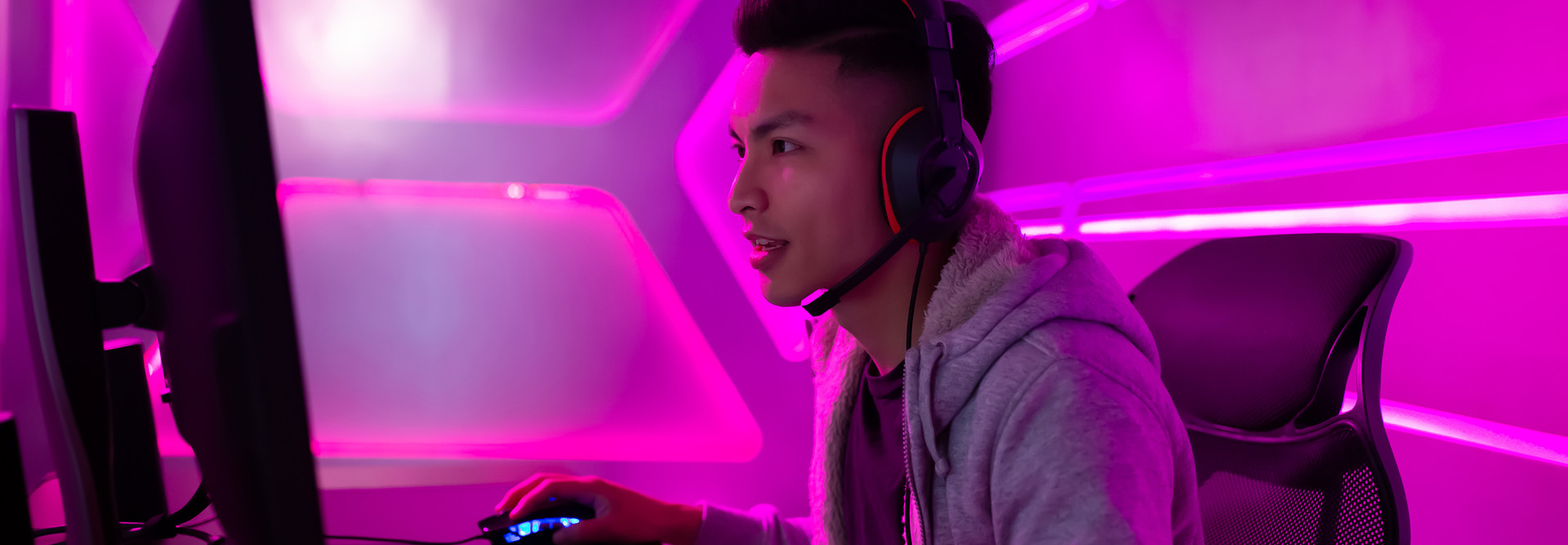Sure, maybe they could play on smaller laptops using smartphone hotspots. And maybe a football player could try to play in flip-flops. Both would result in players being at a disadvantage. If you want to win, you have to outfit your players accordingly.
Communication Is Crucial For a Viable Remote Esports Program
For a college esports program to thrive, communication has to happen at multiple levels, and it has to be thorough — even more so when the program operates remotely. Your players need a centralized platform they can use to plan and “meet,” even if only online. The most popular choice is Discord, an online platform that blends chat, message boards and audiovisual capabilities and allows players to organize and develop online communities.
Then there are external communications to consider. You want to make sure you’re promoting your program to the overall campus community, especially if you want to gain and maintain the support your program needs to remain sustainable. Esports has a growing viewership, and with physical and contact sports put on hold for now, this is a great time to capitalize on that. Make sure you have someone within your program who is responsible for communicating your esports team’s activities, building a social community online and soliciting the feedback you need to grow and improve.
MORE ON EDTECH: Read about the tech triad of successful esports programs.
For Fall 2020, Esports Programs Should Plan for All Possible Scenarios
Right now, we still don’t really know what fall 2020 will look like. Some schools have already decided that their campuses will remain closed and their classes will continue online. Others anticipate a blend of in-person and remote instruction. And others still have no idea.
What we do know is that whatever the new academic year holds, it will look much different from what we’re accustomed to. Those schools with on-campus esports arenas could find themselves back in business, or their players could find themselves among hundreds of other higher ed esports programs still waiting out the pandemic from the safety of their homes. Whatever the situation, it’s critical that esports programs be prepared for it. That means keeping your arenas updated and maintained as if you absolutely anticipate your players returning to campus, but also keeping those players outfitted with the equipment they need to remain competitive, even from their childhood bedrooms.
This article is part of EdTech: Focus on Higher Education’s UniversITy blog series.












